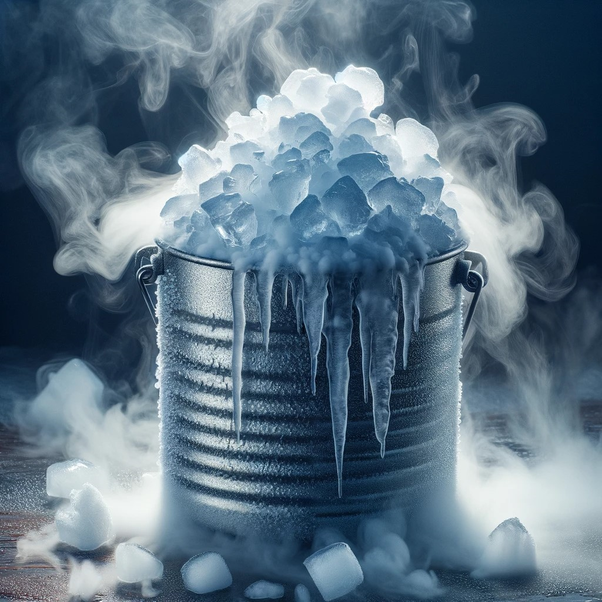Carbon dioxide (CO₂), a colorless and odorless gas at room temperature, is well-known for its role in the Earth's carbon cycle and its impact on climate change. However, under certain conditions, carbon dioxide can also exist in a solid form, commonly known as dry ice.
What Is Dry Ice?
Dry ice is the solid form of carbon dioxide. Unlike water, which transitions from solid (ice) to liquid (water) to gas (steam), carbon dioxide skips the liquid phase under standard atmospheric pressure and sublimates directly from a solid to a gas. This process occurs at a temperature of -78.5°C (-109.3°F).
How Is Dry Ice Made?
Dry ice is produced by compressing and cooling gaseous CO₂ until it liquefies. The liquid carbon dioxide is then allowed to expand rapidly, causing it to cool further and solidify into dry ice. This solid CO₂ is typically formed into pellets or large blocks, which are used for various applications.
Uses of Dry Ice
- Refrigeration: Dry ice is extensively used as a cooling agent, especially for shipping perishable goods like food and medical supplies. Its ability to maintain extremely low temperatures without leaving a liquid residue makes it ideal for this purpose.
- Special Effects: In the entertainment industry, dry ice is used to create fog and smoke effects. When placed in warm water, it produces dense, white fog that is commonly seen in theatrical productions and Halloween displays.
- Cleaning: Dry ice blasting is an eco-friendly cleaning method used in various industries. It involves propelling dry ice pellets at high speeds to clean surfaces, removing contaminants without damaging the underlying material.
- Science and Education: Dry ice is frequently used in scientific experiments and educational demonstrations to illustrate sublimation and gas behaviors.
Handling and Safety
While dry ice is incredibly useful, it must be handled with care. Due to its extremely low temperature, direct contact with skin can cause severe frostbite. It should always be handled with protective gloves and used in well-ventilated areas to prevent the buildup of carbon dioxide gas, which can displace oxygen and pose a suffocation hazard.





Comments